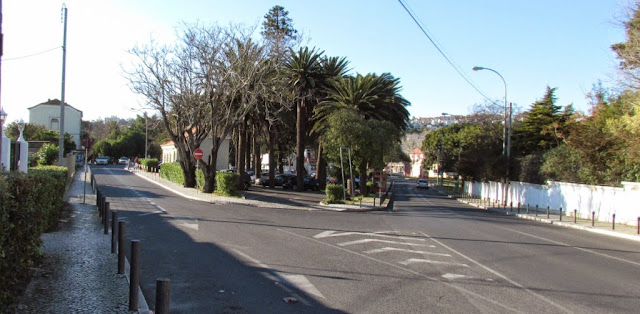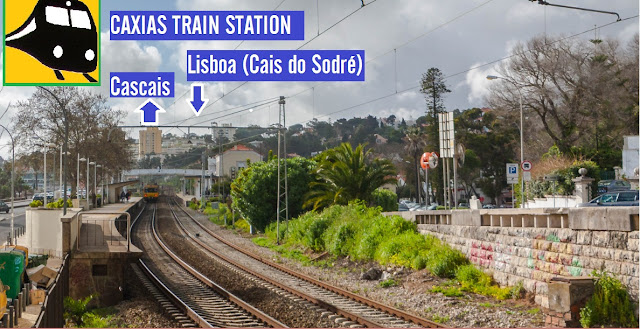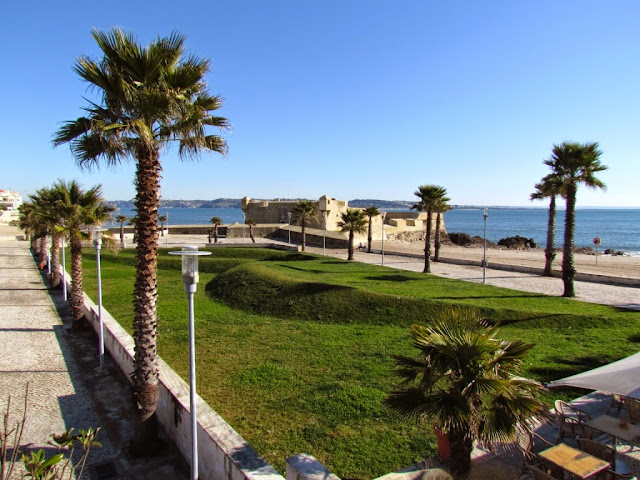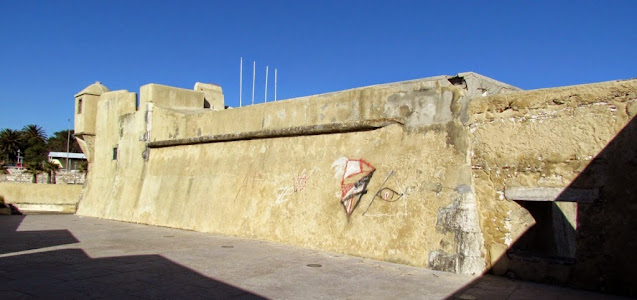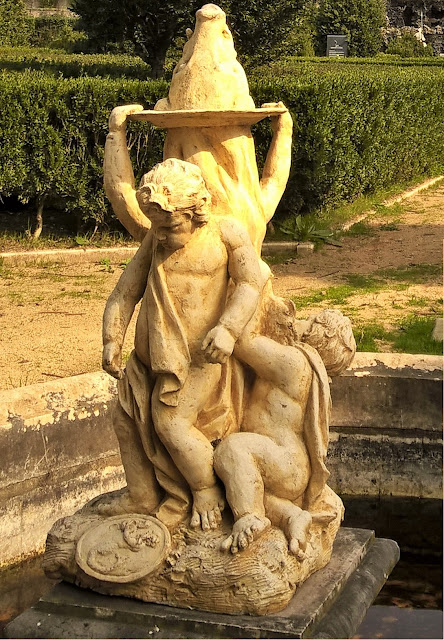CAXIAS
N 38º 42' 00''; W 9º 16' 48''
Caxias is a former civil parish in the municipality of Oeiras, Portugal. The population in 2011 was 9,007, in an area of 3.41 km².
( LISBOA - CASCAIS )
( P 2 ) GPS N 38.69867 ; W 9.27622
( CASCAIS - LISBOA)
CAXIAS TRAIN STATION
FORT OF SÃO BRUNO
 |
Forte de São Bruno - Caxias - W Lisboa GPS N 38.69857; W 9.27489 QUINTA REAL DE CAXIAS ***** |
FORT OF SÃO BRUNO
GPS N 38.69857; W 9.27489
The Fort of São Bruno is situated on the estuary of the River Tagus in Caxias, Oeiras Municipality, near Lisbon in Portugal. It was built in 1647 and became operational in 1649 as part of the construction of a line of forts to control access to Lisbon, which stretched from Cabo da Roca on the Atlantic coast to the Belém Tower near Lisbon. The fort is well preserved, following its original design, and is considered one of the most attractive examples of maritime military architecture on the Portuguese coast.
QUINTA REAL DE CAXIAS
free visit
Using the river that passes in Queluz, the royal family came by boat from the Royal Palace of Queluz to Quinta Real de Caxias.
GPS N 38.69969; W 9.27479
The "Quinta Real de Caxias", or "Jardim da Cascata", or "Gardens of Quinta Real de Caxias", is the main park in Caxias, Oeiras.
It is a walking space created around the gardens of the Royal Palace of Caxias, being an example of the Recreational Gardens that characterize Oeiras, and currently one of the elements of greatest architectural and historical interest. It is a unique example in the panorama of garden art due to the architectural, sculptural, and allegorical value of the ensemble of the waterfall, viewpoint, and sculptural groups. His sculptures by Machado de Castro are surrounded by a Versailles-style environment.
💓💓💓💓💓
SEARCH IN ALPHABETICAL ORDER IN
THE DISTRICT OF LISBOA

Runa;
- 💓💓💓💓💓Return to mainland Portugal &the Azores and Madeira islands











